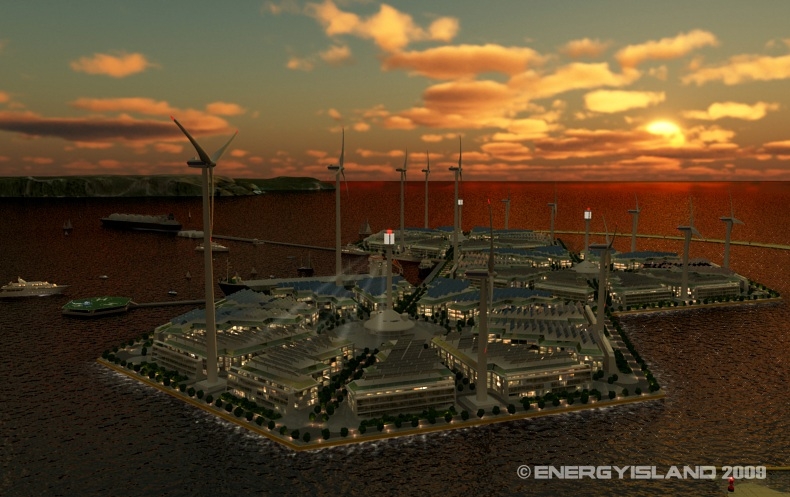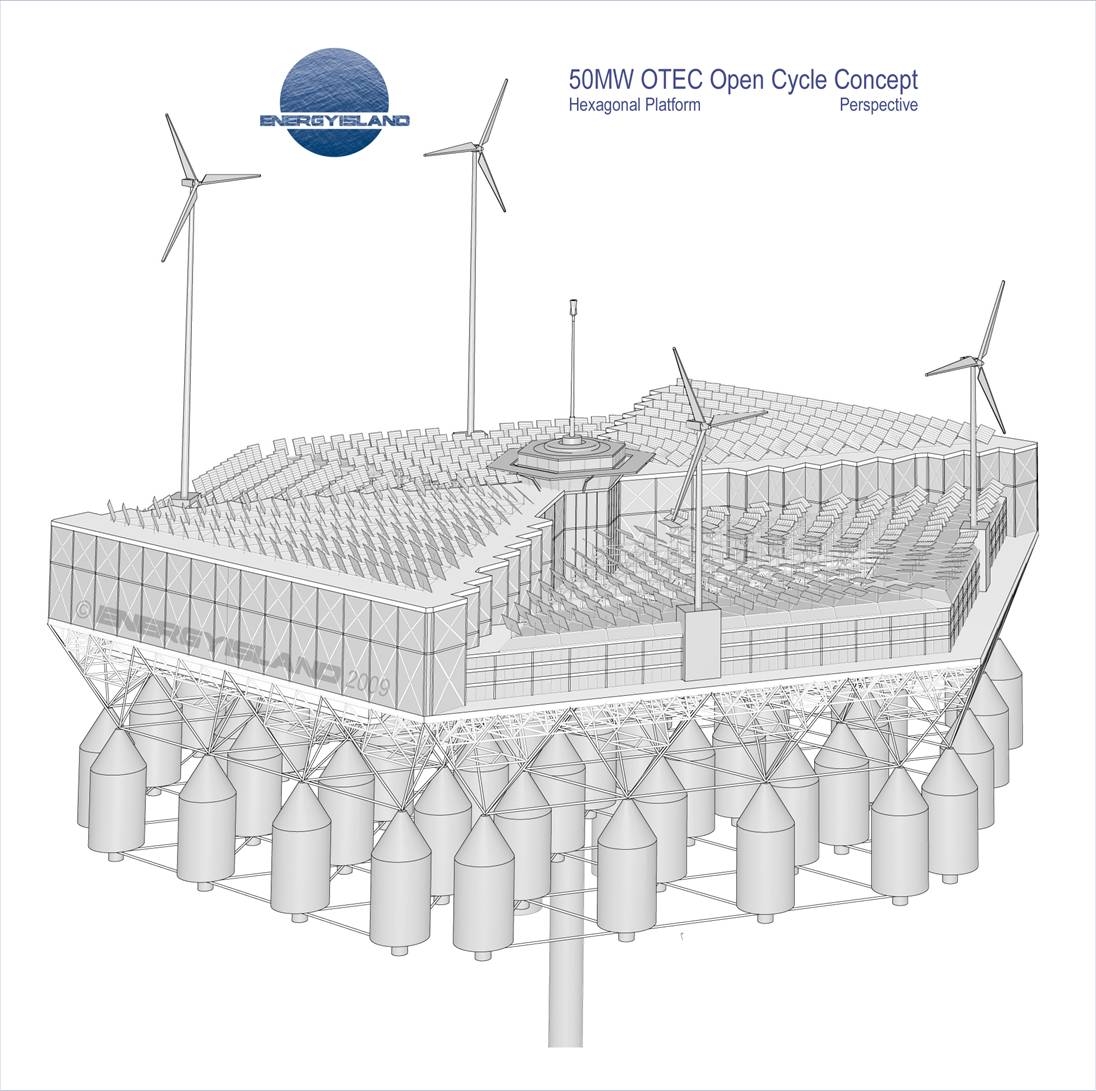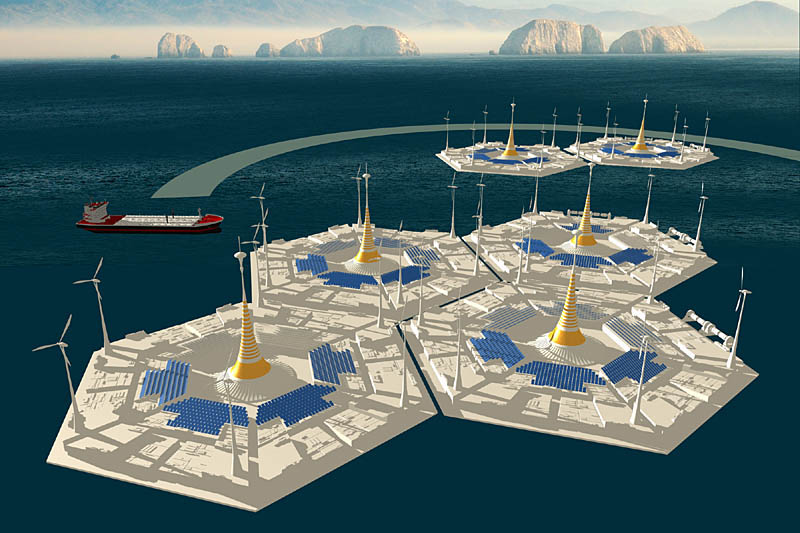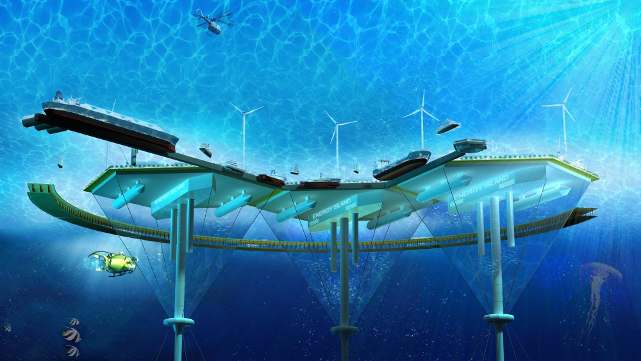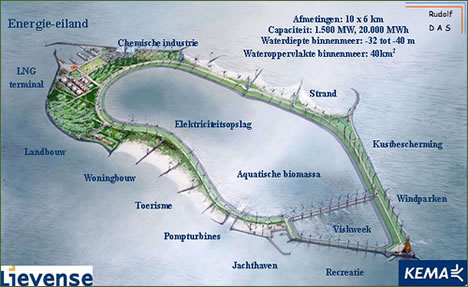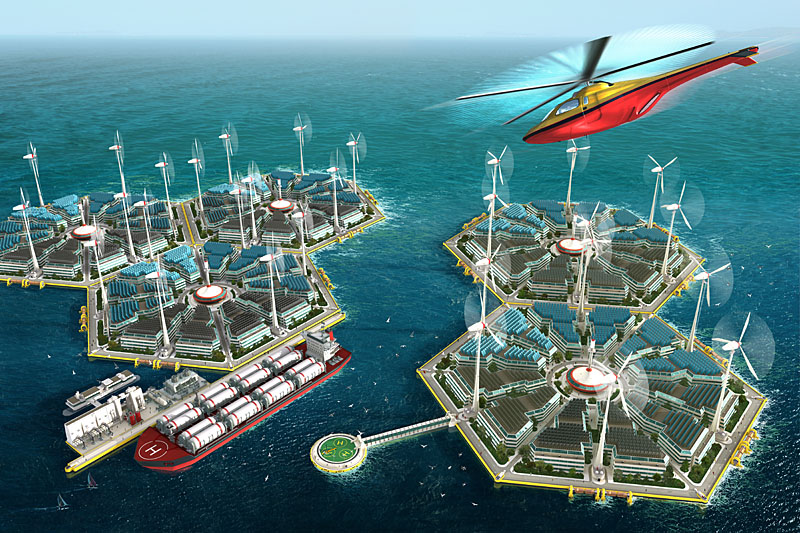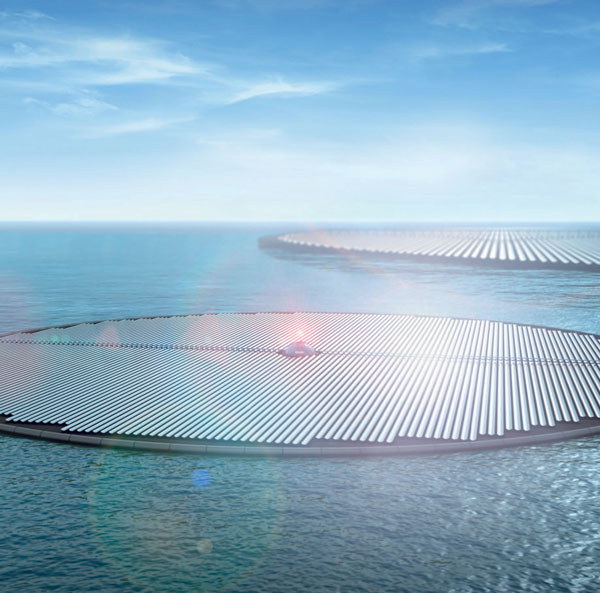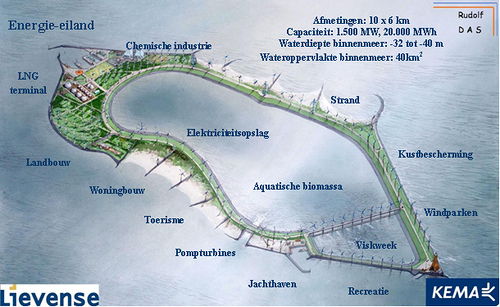Back in August 2008 Digicel Pacific took their first step into hybrid energy solutions. The focus is practical, focusing on “…logistical problems of refueling and maintaining generators ….”. As mentioned in the press release:
Douglas Creevey, Chief Technical Officer for Digicel, said: ‘As oil becomes more scarce and expensive, renewable energy will be used more and more to power telecommunications networks anywhere that grid power is not available. Using alternative power solutions, such as harnessing wind and solar energy, will help lower our operational expenditure and reduce our environmental impact ,giving people in the more remote islands of Vanuatu access to communications for the first time ’.
 Since then, Digicel Vanavatu as announced the completion of the second phase if this investment, using wind and solar hybrid power solutions for 25 base stations. Digicel Vanuatu “now carries more than 60% of its network traffic on base stations powered by renewable energy sources.” This is a great success, detailed in this Digicel report: Green Power for Mobile Programme Digicel Vanuatu: Commercial Roll-out of Green Power Technical Case Study.
Since then, Digicel Vanavatu as announced the completion of the second phase if this investment, using wind and solar hybrid power solutions for 25 base stations. Digicel Vanuatu “now carries more than 60% of its network traffic on base stations powered by renewable energy sources.” This is a great success, detailed in this Digicel report: Green Power for Mobile Programme Digicel Vanuatu: Commercial Roll-out of Green Power Technical Case Study.
The Vanuatu experience demonstrated that:
- A commercial scale implementation of green power solutions is viable for replacement of diesel generators at a significant proportion of Digicel Vanuatu’s off-grid sites
- Mobile operators venturing into green power solutions for their networks must be supported by expertise and resources experienced in this specific application of renewable power and telecoms. The GSMAoffers technical assistance services through its Green Power for Mobile (GPM) programme to provide operators with the skills and understanding to implement green power solutions. See Section 9: GSMA Technical Assistance for Operators for details
- Implementation of new build green power solutions requires no special alteration to the basic project planning methodology provided that domain expertise and green power roll-out methodology are included from the outset. Retro-fitting green-power to existing sites is considerably more complex than implementation on new build sites
- Low site power load is critical to the financial and technical viability of renewable energy resources. Intelligent selection of sites, telecoms equipment and cooling methods can significantly optimise site power consumption
- Green power deployments should have remote monitoring telemetry in order to allow operators tomonitor site power conditions and performance
- There has been a significant reduction in the regularity of fuel deliveries to the green powered sites, implying that over the long-term a sizeable OPEX reduction will be successfully proven
Based on the data from the GSMA Development Fund’s commercial scale roll out on Vanuatu, Digicell is moving to the next phase, remote microwave relays on Papua New Guinea.
Eltek Valere published an informative press update for GMS World 2010: Leading South Pacific Carrier Powers Wireless Network: Digicel Pacific optimizes remote network site power by combining diesel generator sets with solar powered DC power plant. The core details from the press packet is here:
Digicel Pacific implemented a 35-tower high capacity microwave backbone and base station network to provide more bandwidth for its mobile phone customers on the island. But the rugged terrain of PNG, one of the least explored areas in the world, meant that many of those sites were in areas not served by grid power.
Initially, Digicel Pacific deployed battery-powered network equipment with diesel generators to charge the batteries. These generators ran continuously but only at an efficiency of only 20 percent of load and were fed by monthly helicopter fuel runs, translating to a cost of US$6 per kWh.
With the hybrid-solar solution, Digicel installed photovoltaic cells in addition to the generators and was able to reduce generator hours to four per day and boost efficiency to 80%-90% of load which reduced costs to about US$1 per kWh.
 An integral part of the solution was an Eltek Valere DC power system that converted both solar and generator power into 48V DC for the load. The Eltek Valere solution is composed of the Flatpack2 HE Solar Charger and the Flatpack2 rectifier. The Smartpack Controller manages the entire system, monitoring battery power levels and input voltage levels from the solar system and switching between the solar system and the diesel gen-set. The Smartpack features also include advance battery monitoring routines, as well as gen-set optimization programs and considerable data logging options.
An integral part of the solution was an Eltek Valere DC power system that converted both solar and generator power into 48V DC for the load. The Eltek Valere solution is composed of the Flatpack2 HE Solar Charger and the Flatpack2 rectifier. The Smartpack Controller manages the entire system, monitoring battery power levels and input voltage levels from the solar system and switching between the solar system and the diesel gen-set. The Smartpack features also include advance battery monitoring routines, as well as gen-set optimization programs and considerable data logging options.
“Digicel Pacific faced a unique challenge in building a network across a country with topography as difficult as Papua New Guinea,” said Kenneth Bodahl, Managing Director of Asia Pacific for Eltek Valere. “Rather than fight the environment, we were able to provide them with a flexible power solution that enabled them to both expand their network while cutting costs dramatically.”
The Flatpack2 HE Solar Charger connects to four to six solar panels and converts the solar power into controlled 48VDC for supply to telecom equipment. The solar charger is based on Eltek Valere’s industry-leading High Efficiency (HE) technology, which delivers more than 96% AC-DC power conversion efficiency.
While it is true that Eltek Valere is publicizing a sale, what is interesting is the details of the systems selected. The equipment selected are not the normal rectifiers/inverters used in home or building solar installations. The Flatpack2 48/1500 HE Solar is specifically designed to fit with a telecommunications site’s power system. This is not a “hacked in” solution, but a system with everything a telecom company is looking for in commercial grade. It is a nice indicator to the detail Digicel Pacific are putting into the equipment selection for this next phase.
 In a recent article in EnergyBiz Magazine, Salvatore Salamone pointed out a interesting “energy island” concept promoted by KEMA. The original 2007 proposal would “comprised of a ring of dikes surrounding a 50 meter deep reservoir,” pumping sea water into the reservoir during times of excess power, using that sea water generate power during intervals of low wind. While this not really “news,” it is an interesting concept which several groups have been looking into. As see in the slide show below, we have many groups and architects exploring the over all principle of using off shore “real estate” to have multi-function energy product. We see these ideas range from wind & solar (obvious) to OTEC & wave power. While old (proposed in 2007), KEMA’s proposal has an interesting, and unexplored angle. Combining the “large-scale electricity storage” with environmental conservation, fisheries, and aquaculture. The additional “shoreline,” areas for wild life, potential for artificial “estuaries,” and a “sheltered” sea water lake which could house aquaculture would “add to” the incentive to building a prototype.
In a recent article in EnergyBiz Magazine, Salvatore Salamone pointed out a interesting “energy island” concept promoted by KEMA. The original 2007 proposal would “comprised of a ring of dikes surrounding a 50 meter deep reservoir,” pumping sea water into the reservoir during times of excess power, using that sea water generate power during intervals of low wind. While this not really “news,” it is an interesting concept which several groups have been looking into. As see in the slide show below, we have many groups and architects exploring the over all principle of using off shore “real estate” to have multi-function energy product. We see these ideas range from wind & solar (obvious) to OTEC & wave power. While old (proposed in 2007), KEMA’s proposal has an interesting, and unexplored angle. Combining the “large-scale electricity storage” with environmental conservation, fisheries, and aquaculture. The additional “shoreline,” areas for wild life, potential for artificial “estuaries,” and a “sheltered” sea water lake which could house aquaculture would “add to” the incentive to building a prototype.


